News
-

How to Choose the Best Battery for an Electric Scooter? 5 Essential Factors to Consider
The battery is one of the core components of an electric scooter, directly affecting range, power output, and overall riding experience. Choosing the right battery not only enhances performance but also extends the scooter’s lifespan. With various battery types available on the market, each diffe...Read more -
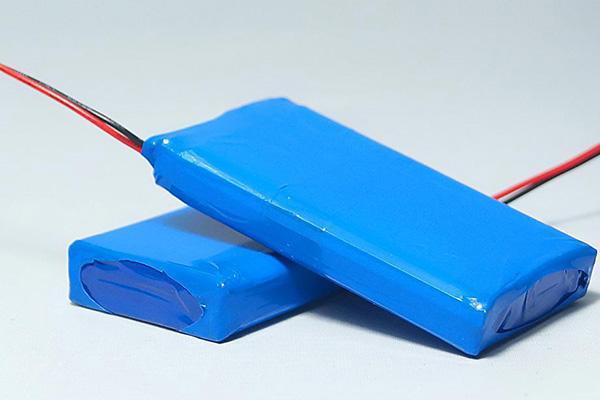
How Safe Are Li-ion Battery Packs?
Li-ion battery packs power everything from smartphones and laptops to electric vehicles and home energy storage systems. While they offer high energy density and efficiency, concerns about safety often arise. Stories of battery fires and explosions have made many consumers question: Are Li-ion ba...Read more -
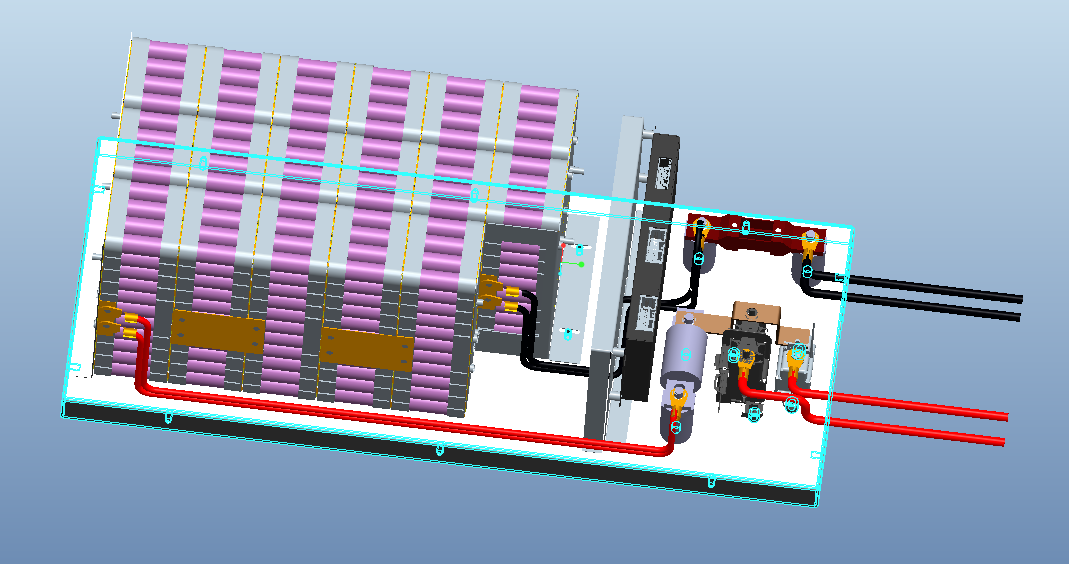
What Is the Best Battery for an RC Car?
RC cars have come a long way from simple AA-powered toys to high-performance machines that require powerful, rechargeable batteries. Whether you’re into casual driving or professional racing, choosing the right battery for your RC car is crucial for speed, run time, and durability. In this ...Read more -
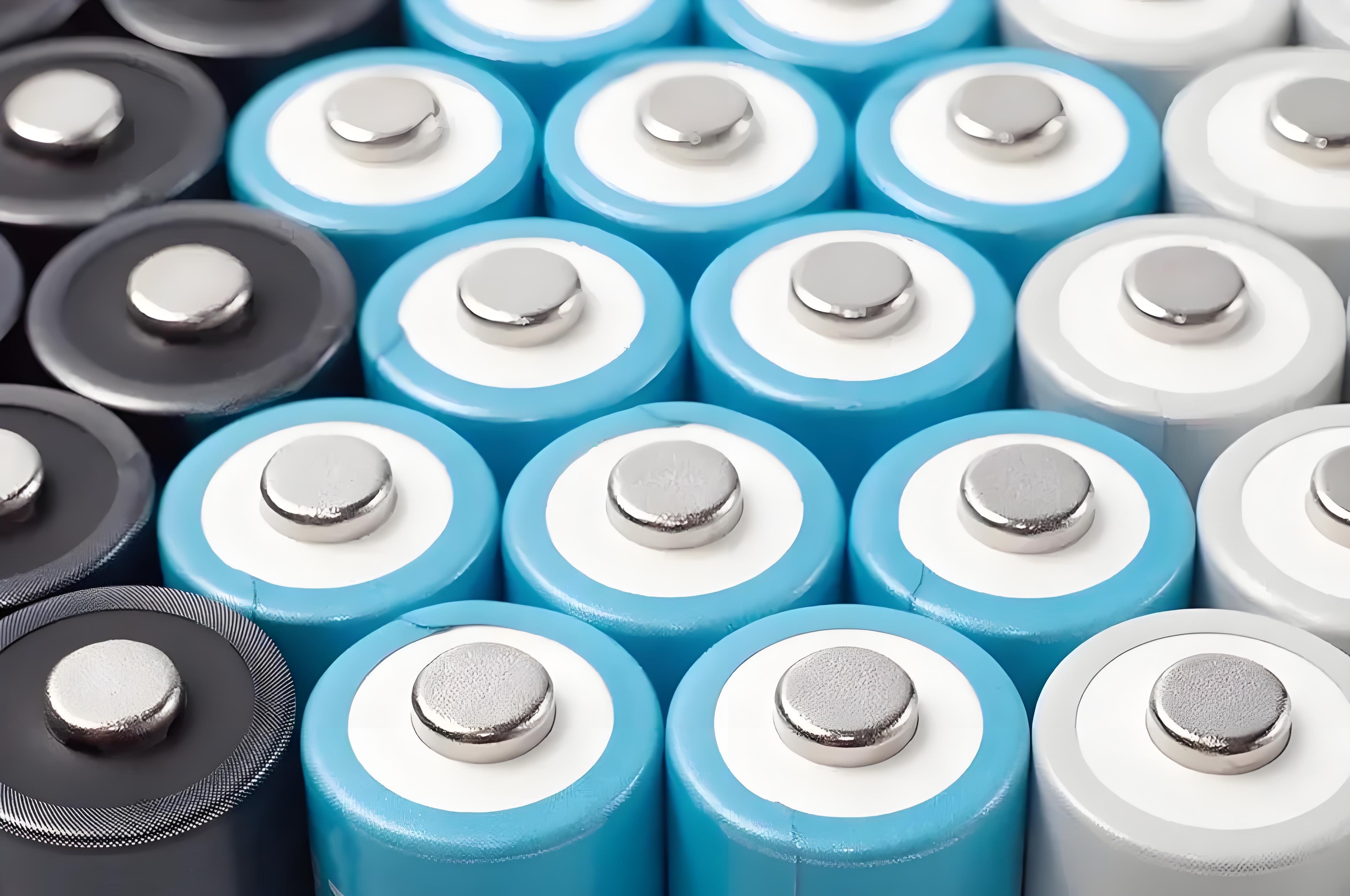
What Makes 18650 Batteries So Popular?
18650 batteries have become a staple in modern technology, powering everything from flashlights and laptops to electric vehicles and power tools. But what makes them so widely used? Their high energy density, rechargeability, and versatility set them apart from traditional batteries. In this arti...Read more -
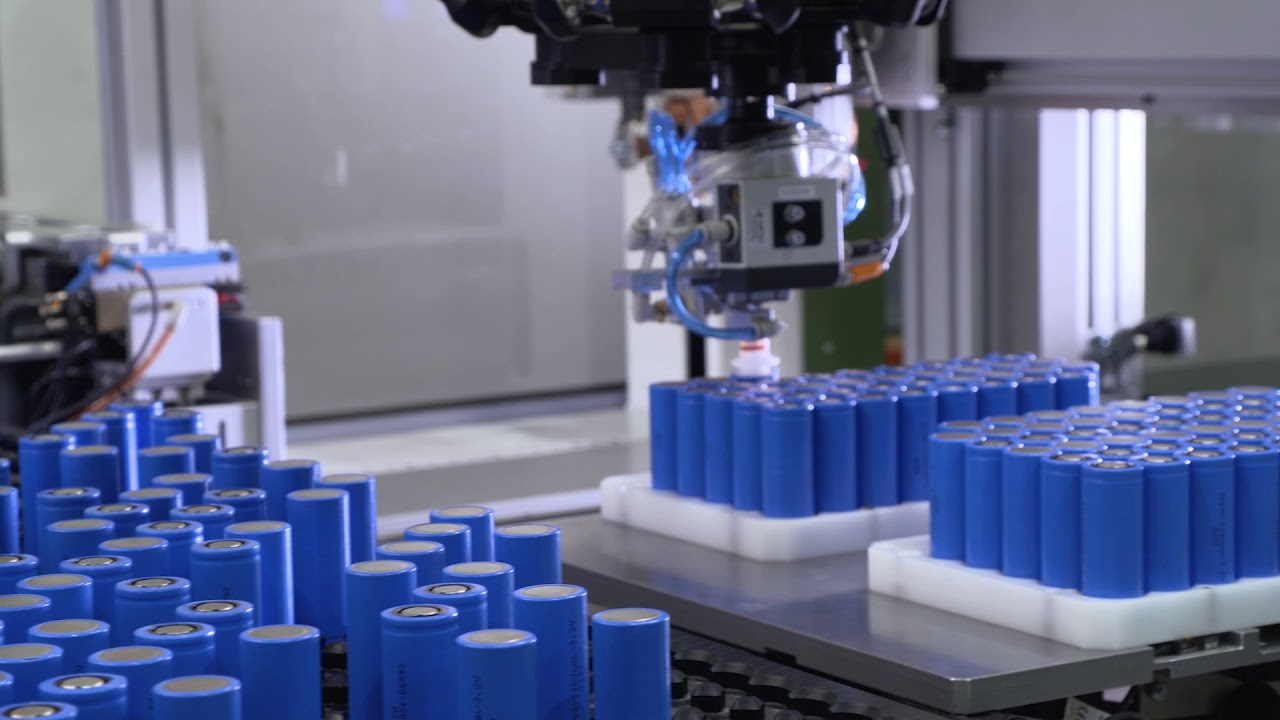
How to Choose the Right Li-ion Battery Pack for Your Needs
With so many options available, selecting the right Li-ion battery pack for your device or application can be overwhelming. The wrong choice can result in inefficient performance, shorter lifespan, or even safety hazards. Here’s a guide to help you make the best decision. Factors to Consider When...Read more -
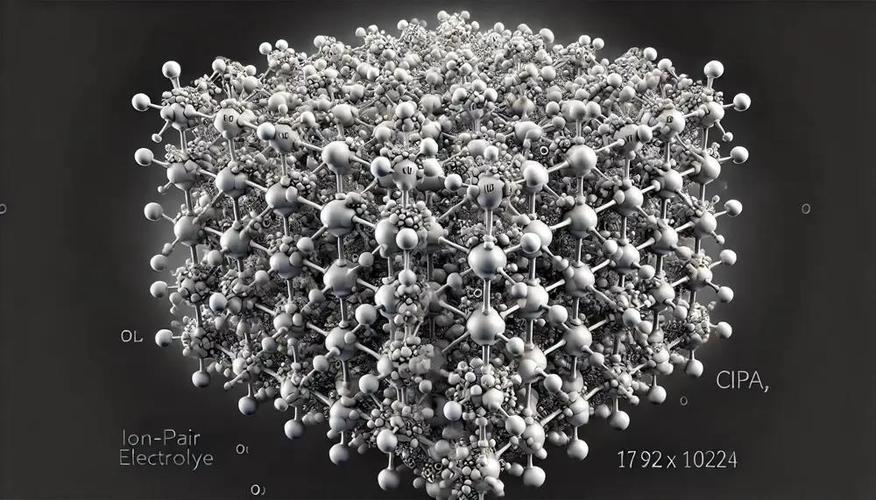
How to Calculate the Energy Density of Lithium-Ion Batteries
Energy density is one of the key performance indicators of a lithium-ion battery. It refers to the amount of energy that can be stored in the battery per unit of volume or mass. Energy density is typically expressed in Watt-hours per kilogram (Wh/kg) or Watt-hours per liter (Wh/L). To calculate t...Read more -

Understanding Lithium Battery Oxidation and How to Prevent It
Lithium batteries are widely used in everyday devices, from smartphones to electric vehicles, thanks to their reliability and high efficiency. However, like all technologies, lithium batteries are not without their issues. One of the common problems they face is oxidation, which not only affects ...Read more -
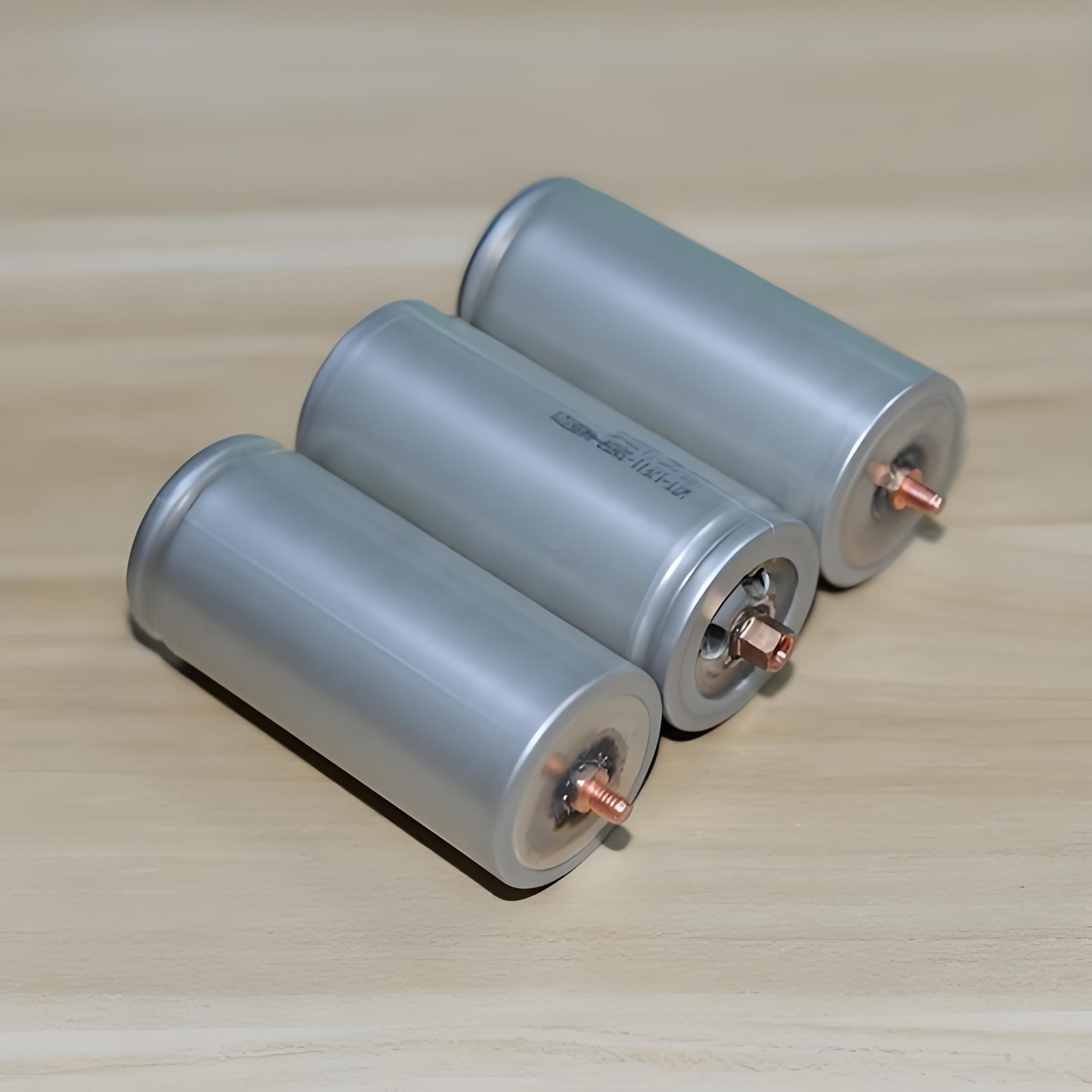
Can I Use 32650 Lithium Batteries to Build a 12V Battery Pack?
In modern life, lithium batteries can be considered the heart of all portable devices. Their powerful performance provides a stable current that keeps devices running smoothly. However, even with powerful 32650 lithium batteries, you may have experienced the frustration of having to stop what you...Read more -
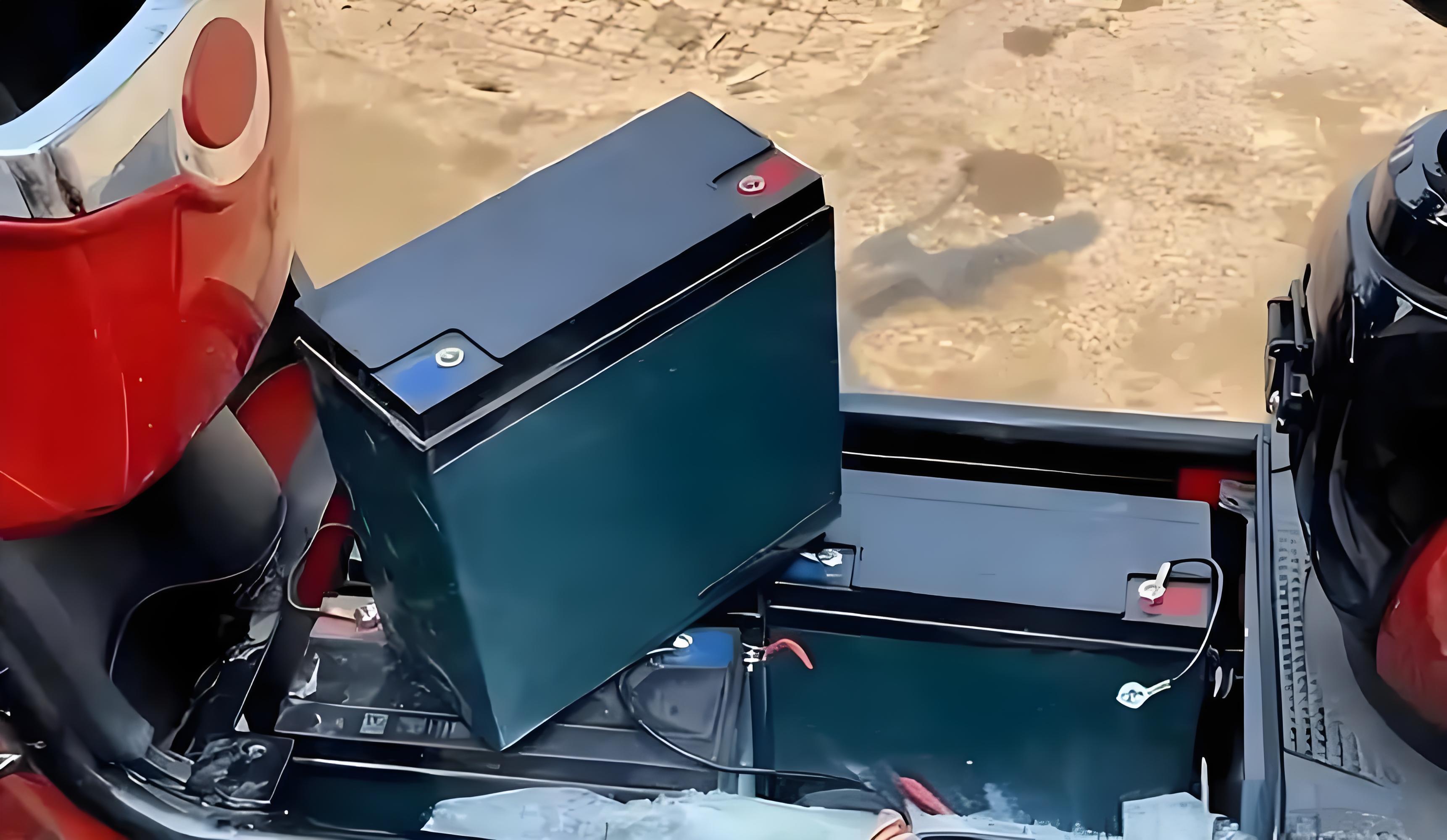
Why Replace Lead-Acid Batteries?
Lead-acid batteries have been widely used for over a century, powering everything from vehicles to backup power systems. However, as technology evolves, these traditional batteries face increasing scrutiny due to their drawbacks. In this article, we’ll explore what lead-acid batteries are, their ...Read more -
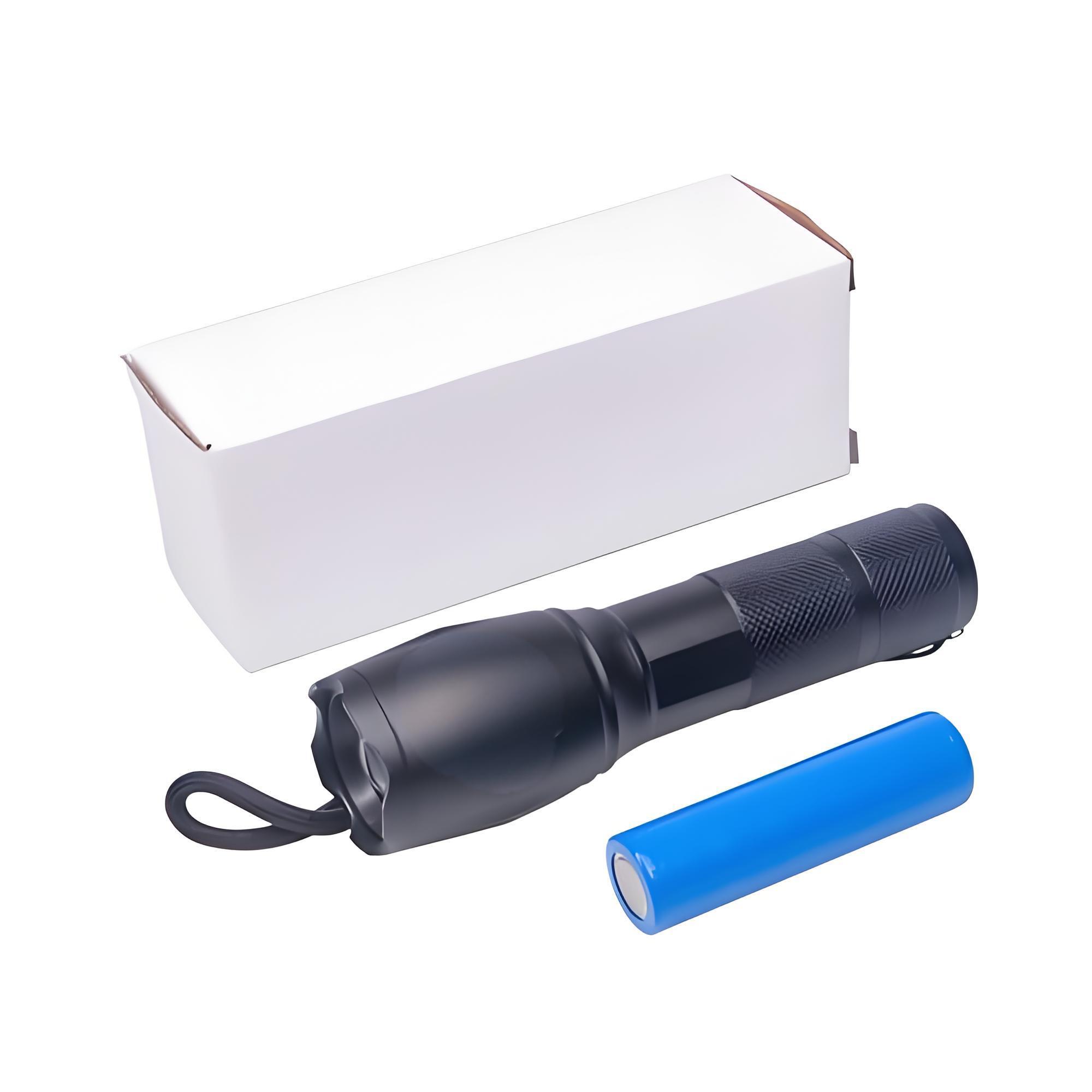
What is the Best Battery for LED Lights?
LED lights have revolutionized the way we light up our world, offering efficiency, brightness, and versatility. Choosing the right battery is essential to maximize their performance and ensure longevity. In this article, we’ll explore common flashlight batteries, whether rechargeable batteries ar...Read more -
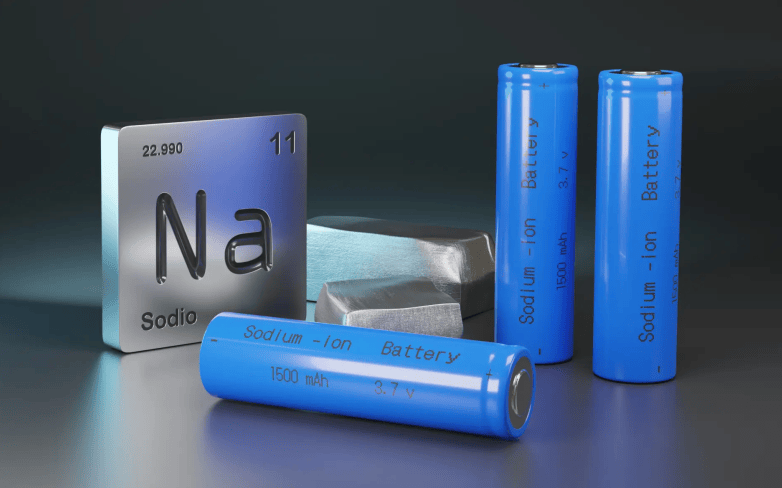
What are the practical application scenarios of sodium ion battery?
As an emerging battery technology, sodium-ion batteries are hailed as the best alternative to lithium batteries. Although the price of lithium batteries has been falling in recent years, sodium-ion batteries no longer have a price advantage. But its safety and environmental protection are still i...Read more -
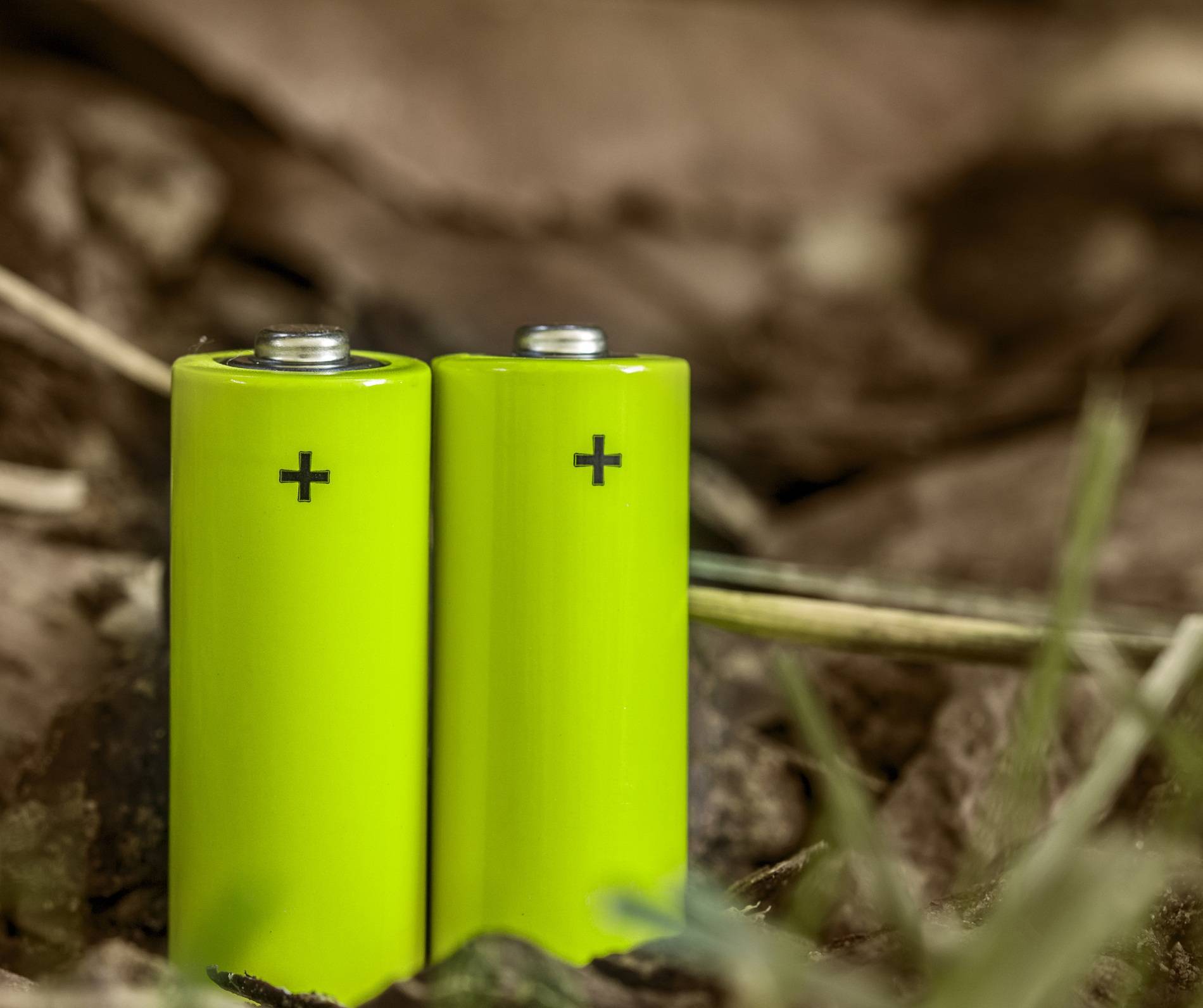
The Relationship and Differences Between Voltage and Current in Lithium-Ion Batteries
Lithium-ion batteries are known for their efficiency, reliability, and widespread application. Voltage and current are two critical parameters for evaluating and utilizing lithium batteries. They directly impact battery performance, efficiency, and safety. Understanding their differences and rela...Read more
